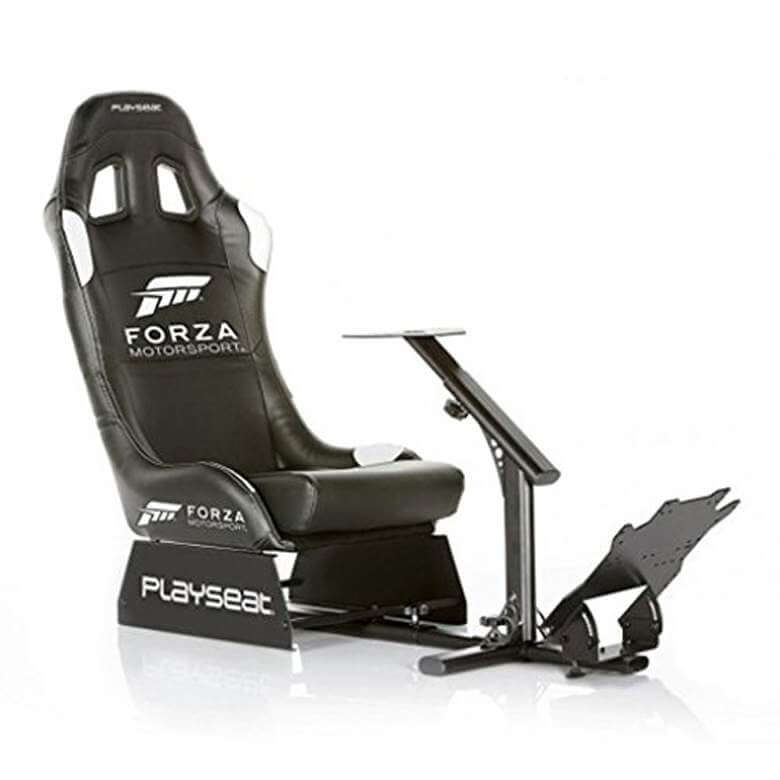Performance & Race Driving Tip
Speed Secret: Use every tool available to you to improve your performance.
 A driving simulator is a tool – a tool to help you learn and improve your driving. Here are just a few ways that I’ve used a simulator to prepare myself or other drivers I’m coaching:
A driving simulator is a tool – a tool to help you learn and improve your driving. Here are just a few ways that I’ve used a simulator to prepare myself or other drivers I’m coaching:
- To learn a track. This is an obvious use. But the methods for learning a track may not be obvious – for example, driving the track slowly, just to take in all of the reference points. Done slowly enough, it’s a virtual track walk.
- To learn how to adapt to problems. Prior to endurance races, I’ve simulated gearbox problems (having to drive without the use of 4th gear, for example). Then, I’ve used the brakes with very light pressure, as if I were conserving them at the end of a race.
- To get up to speed, quickly. For many drivers, it takes a few laps to get in a rhythm and up to speed. I get on my sim and do just 3 laps, seeing how close to my ultimate lap time I can get; I walk away from it for 15 minutes, then come back and do 3 more laps; I walk away and come back again. I practice being ‘fast-fast.”
- To stay in the zone. It’s one thing to turn a few laps in the zone, and another to do it for a long stint. On a sim, you can practice long stints – longer than you would ever run on the track. That way, a driving stint on the track will seem almost easy.
- To reinforce mental programming. If you use mental imagery (visualization) in a deliberate way (and you should!), you can use a simulator to reinforce what you’ve programmed in your mind. If you use mental imagery to pre-play how you’re going to handle a qualifying session (your mindset, strategy, level of risk, etc.), for example, you can then go and practice for “real” on a simulator.
As a coach, I love simulators. I’m able to stand or sit just behind or alongside a driver and watch his footwork in great detail. One thing I know for sure: the driver’s trends and habits that show themselves on a simulator will show up again in a real car. Being able to observe this is hugely valuable.
If you’re on your own, you could set up a video camera aimed at your feet, then review it afterward. You could then aim it in such a way to cover the screen, your steering, and your footwork.
Watch for gaps in your timing from when you lift off the throttle to when you begin braking. Watch for too much blending of the throttle and the brakes (braking while on the throttle if you left-foot-brake). Watch for overly abrupt or slow application of the brakes or throttle. Watch how you release the brake pedal – too early or too late, too fast or too slow. Watch for how you turn the steering wheel into corners (too abruptly, too slowly, not progressive enough?).
Use a video camera, a fellow driver, or a coach as a “right seat coach” while driving a simulator.
The good news is that you don’t need a super high-end expensive simulator, either. I use a Playseat chassis, Thrustmaster steering wheel and pedals, and either Forza or iRacing.
Check back here often for more tips and advice for performance drivers, race drivers, high performance driving instructors, and anyone else interested in learning to get around race tracks quickly.
Please do me favor and share this now with others who you think would either learn something from it, or enjoy it, by clicking on any of the links below. Thank you!
